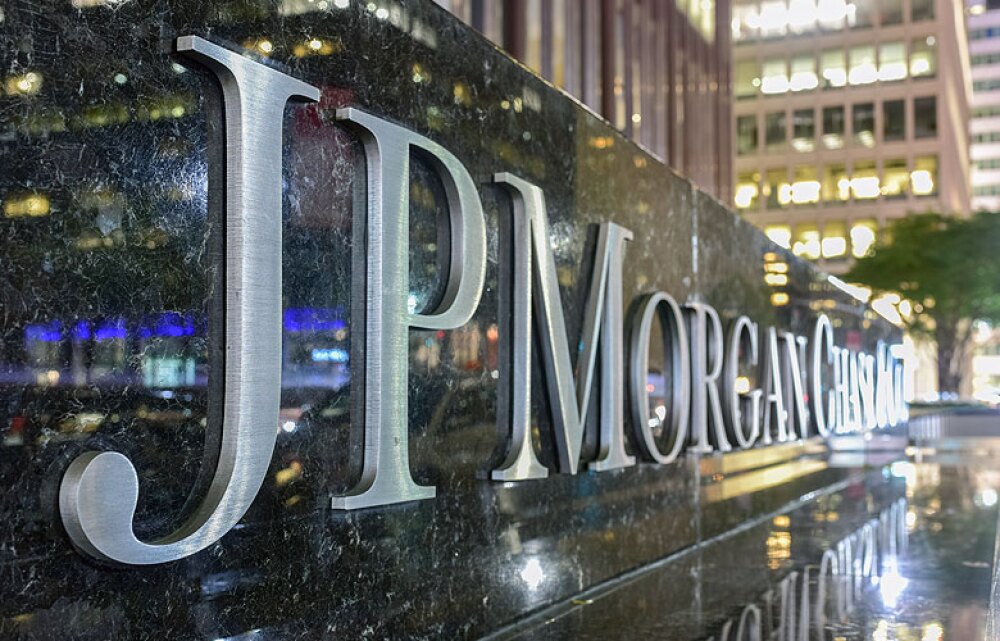It’s time for institutional investors to prepare for an economic downturn in private debt, according to JPMorgan Chase & Co.’s asset management unit.
“Now the unwinding of quantitative easing, a late-cycle economy, stretched valuations, rising rates and initial signs of weakness in credit quality point to the potential for market disruption, displacements and distress,” JPMorgan Asset Management said in a report expected to be released January 18.
Distressed credit investments are typically held for three to six years and can result in internal rates of return of about 15 percent, according to Declan Canavan, JPMorgan Asset Management’s head of alternative solutions for Europe, the Middle East and Africa. He said event-driven strategies, held for two to four years, have typically produced returns of 12 percent to 20 percent.
The private credit market has expanded rapidly since 2008, when it was virtually nonexistent, according to Canavan, who pointed to a rise in direct lending by asset managers as a result of post-financial crisis regulations designed to keep the banking system from failing. But the popularity of private debt among investors is giving way to caution as the credit cycle advances in the later stages.
“Direct lending is under scrutiny,” said Canavan. “Investors are thinking of a more dynamic approach.”
[II Deep Dive: Carlyle, Others Staff Up Private Debt Groups]
According to a Preqin outlook report for the second half of last year, 48 percent of 540 global institutional investors surveyed by the financial data firm saw special situations and distressed credit as having the best profile for risk at this point in the cycle. Canavan said credit markets in the U.S. and Europe are in the later stages than in Asia, Africa or Latin America.
“The seeds of a traditional distressed market are being sown, with over $4 trillion of growth in global credit markets since the last cycle, a loosening of lending standards and an expansion of covenant-lite lending,” JPMorgan said in the report.







